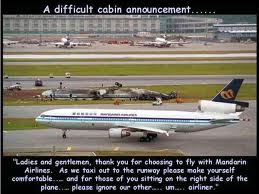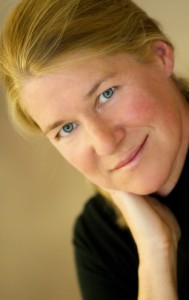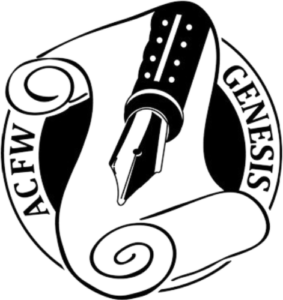Seated on the right side, I am the only passenger on a 747 airplane. The plane is descending far too fast. It suddenly occurs to me—we are crash landing.
All air is sucked from my lungs.
The plane is frightfully close to the airport building. I wince as the right wing of the airplane hits the structure and breaks off. After that, I shut my eyes. My arms cover my head, and I slump over as we hit the ground hard. The sound of screeching metal on concrete is ear-piercing. The plane weaves right and left, fishtailing wildly. I brace to stop my forward motion. Will the plane burst into flames?
Finally, all is quiet. I am alive. Visibly trembling, I exit the plane.
Immediately, a Northwest Airlines official is there to greet me.
“I’m…I’m so sorry,” I say, between labored breaths. “I didn’t mean to wreck your plane.”
He offers a wide smile and touches my arm. “Not a problem.”
I’m stunned. Millions of dollars have been lost in the wreckage.
He cuts to the chase. “It doesn’t matter.” Pointing toward the hangar, he continued. “We have this for you.”Continue reading









